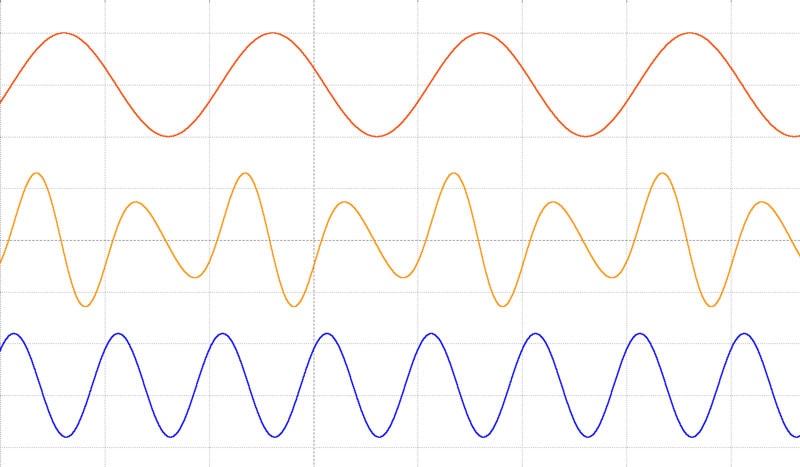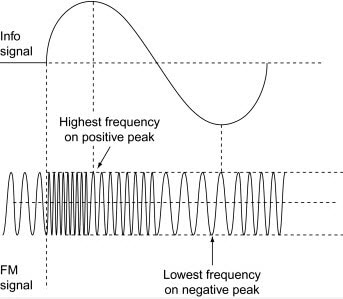制造商零件编号 1958
KIT FM XMITTER RDS/RBDS SI4713
Adafruit Industries LLC
One of the first projects I ever used a breadboard for was building an FM radio transmitter in 6th grade for my science class. Back then, I didn't know how a breadboard worked, and I used surgical precision to ensure the components all went in the EXACT holes I saw in the online guide picture. Little did I know, but when I was a junior at Purdue, I would take a class that would break down how Frequency Modulation and Amplitude Modulation worked, and why it became so popular as a way to transmit audio.
Back in 1906, Reginald Fessenden was one of the first people to send an AM radio signal out to ships at sea, transmitting O Holy Night on violin to the weary sailors off the coast of Brant Rock, Massachusetts.
FM Radio took much longer to take off, since it used a different form of modulation than AM radio people had to buy new radios. Even though by the 1930s there were lots of FM stations, it wasn't until the 1960s that it became more popular with the new age of album-based rock music, and not until 1978 that FM surpassed AM in popularity.
Today, FM and AM are still used to transmit media, but AM is mostly used for talk radio while FM continues to broadcast radio morning shows and music.
AM technology relies on what is called a "carrier wave" and an input wave. The input wave is the signal you want to transmit, and the carrier wave is the wave with a much higher frequency that will be manipulated to carry the signal. In practice, the carrier wave is around 1Mhz so as to make sure that the input wave can easily be modulated by the carrier.

Example of an Amplitude Modulated Signal
Let's break down those three waveforms above in the photo. The top wave is the input wave, this is the wave I am trying to send. The bottom wave is the carrier wave, notice how it is a much higher frequency than the input wave. The middle waveform is a combination of the two. Notice how the amplitude above the x-axis matches the input wave perfectly? This is the signal that the receiver would analyze to replicate the input wave. But what happens when the carrier wave frequency drops?

Poorly modulated AM signal
Now notice the new middle signal. Since the carrier signal and the input signal have such similar frequencies, the end result is that the overall signal is nearly impossible to demodulate. The absolute minimum frequency, the Nyquist frequency, is the lowest frequency that can carry a given signal. This is defined as 2 times that of the input signal.
Similar to the idea of amplitude modulation, frequency modulation uses both a carrier wave and an input wave to transmit signals. The main difference though is that the carrier wave amplitude stays constant and the frequency changes to match the signal that is being sent by the input wave. This means that the frequency swings between two values that represent the upper and lower limit of the amplitude of the input wave. I was able to find a great graphic online at sciencedirect.com that shows this idea:

But which is better? It could be easy to say that AM radios are simpler so they should be easier and better, but in practice, I am sure you have noticed that there are many more high-quality FM stations than AM stations today. This is because FM is much less sensitive to noise that comes from amplitude variations in the transmitted signal. Since AM waves rely on the amplitude to deconstruct the signal, any variation in the amplitude will be transferred to the output. Amplitude noise is much more common than the noise that can adjust the frequency.
Of course, you can build an FM radio transmitter and receiver! You can even buy an FM radio transmitter and receiver kit from DigiKey, which I linked below. I hope you give it a shot if you are interested since it was a great project for me to get exposed to electronics early on. The kits below also have great documentation that explains exactly how it works and will teach you how it is able to accomplish successful functionality.
I hope you learned something today about FM and AM modulation. I think this topic was my favorite from my signals and systems class in school since it was so relatable to my daily life. Thanks for taking the time out of your day to enjoy my content and until next time, I hope you have a great time making.